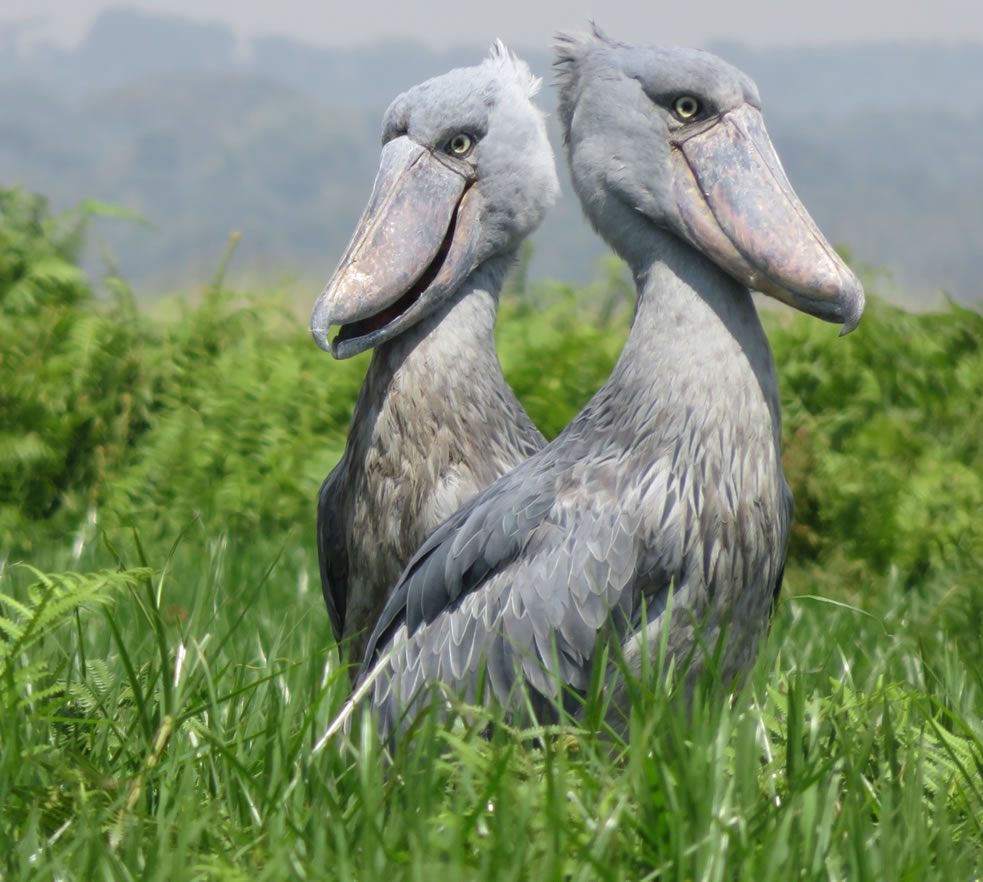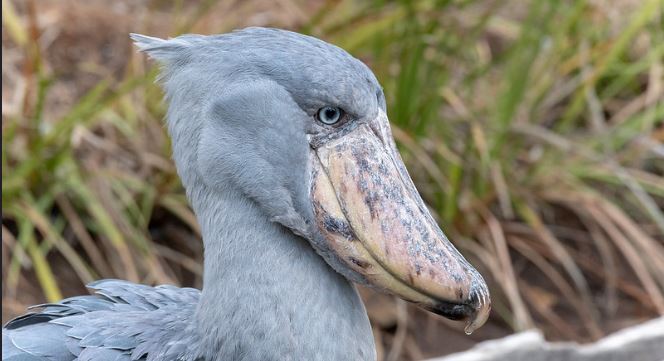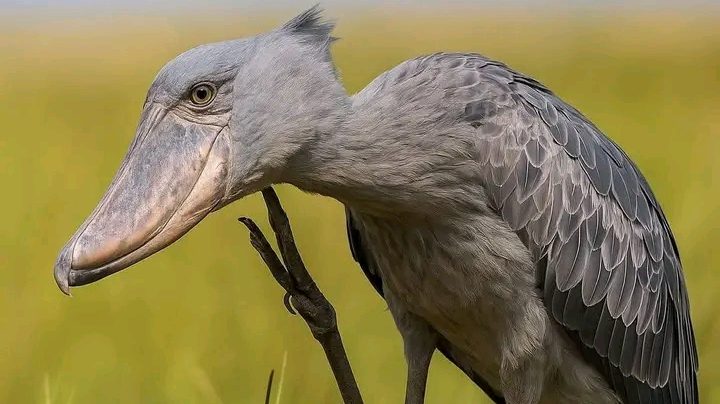East Africa’s Icon: Shoebill Stork

East Africa’s Hidden Icons: Meet the Shoebill Stork
Have you ever seen a bird that looks like a dinosaur mixed with a statue? That’s Africa’s Icon: Shoebill Stork, one of East Africa’s rarest and most fascinating birds. Locals call it Balaeniceps rex.
I spotted this incredible creature during a birdwatching tour in Mabamba Swamp, Uganda, with Jesiking Tours—and it’s a moment I’ll never forget. From the first sighting to the final splash, everything about the Shoebill felt surreal.
Thanks to Jesiking Tours and their exceptional guides, I not only saw this elusive bird but fell in love with its mystery and presence. I’ve been longing to share more ever since.

My Shoebill Encounter in Mabamba Swamp
My East Africa wildlife tour for Africa’s Icon: Shoebill Stork began with a slow boat ride through Mabamba’s winding channels. As we glided gently forward, reeds swayed on either side, whispering like they were keeping ancient secrets.
The water remained calm, except for the occasional ripple trailing behind our guide’s paddle. Then, quietly but with excitement, he whispered, “There it is.” And there it was—tall, silent, and eerily still.
A Statue Come to Life
At first, I thought it was a sculpture. The Shoebill stood so motionless, so precise, that it looked carved from stone. Its eyes didn’t blink. Its beak didn’t twitch.
Instead, it stared straight ahead—as though it had weightier things to think about. I couldn’t tell if it was ignoring us… or quietly judging us.
We inched closer. The guide raised a finger, signaling reverence. Just then, with a quiet shift of weight, the shoebill lunged.
The Strike and the Splash
There was no warning—just a splash, a flash of feathers, and suddenly a lungfish dangling from its massive beak.
The bird didn’t celebrate. It didn’t flinch. It simply turned toward us, fish swinging from its bill, delivering a look that said, “This is my swamp. You may proceed.”
In That Moment…
I grinned. Honestly, I couldn’t help it. The shoebill reminded me of a swamp ninja with the soul of a bouncer at nature’s most elite nightclub.
In that misty moment, with birdsong all around and the swamp echoing with silence, I felt like I’d been allowed into something sacred and rare.
What Makes Africa’s Hidden Icons: Shoebill Stork Unique?
Africa’s Icon: Shoebill Stork doesn’t flap around like other birds—it poses like royalty. With its tall frame, huge shoe-shaped bill, and misty grey feathers, it looks like a boss from a nature video game.
At my first sight of the boat, I thought it was the king of the swamp due to its dramatic action when it sees visitors. I want to see it face-to-face; just book with Jeisking Tours.
Bird lovers and bird documentary makers, you need to see these birds; they will change the way you think about birds. This may be your game changer.
Africa’s Hidden Icons: Shoebill Stork Fast Facts:
- Scientific name: Balaeniceps rex
- Habitat: Mabamba Swamp (Lake Victoria, Uganda), Akagera National Park (Rwanda)
- Diet: Lungfish, frogs, baby crocodiles
- Special skills: silent stalking, lightning-fast reflexes, and the most epic bird side-eye in the wild
Why You’ll Only Find Rare Birds in East Africa
This bird lives in swampy wetlands across Uganda, Rwanda, and South Sudan. These areas offer the perfect conditions for fish hunting and dramatic bird photography. Mabamba Swamp in Uganda is especially famous for close-up sightings.
That’s why the shoebill stork Uganda tours are now bucket-list trips for bird lovers and nature photographers. If you are writing a book, this is a better place to start your story. It provides everything to add in your story.
Why the Shoebill Stork Matters
These shoebills are signs of healthy wetlands. Protecting their home helps save hundreds of other species and supports local conservation jobs.
By joining Jesiking Tours’ birding trips in Uganda, visitors help boost ecotourism in East Africa and support efforts to keep this bird’s habitat safe.


